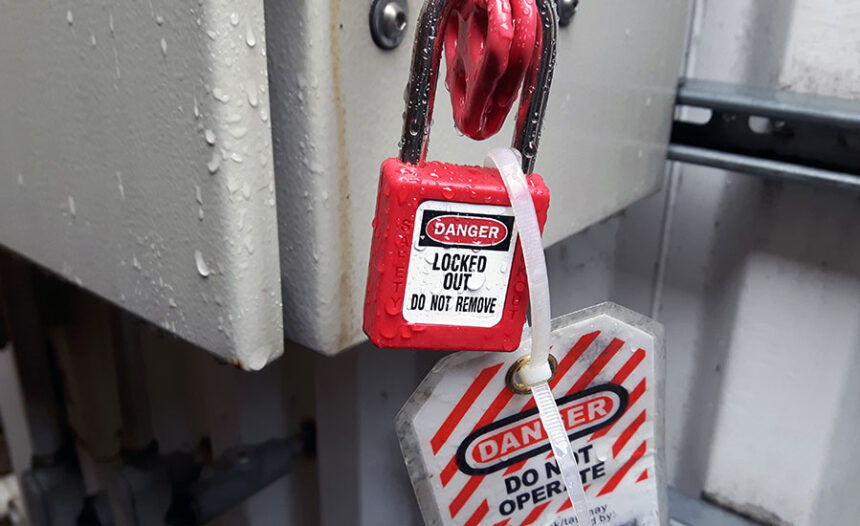Safety measures are an integral part of the employment process, and the OSHA’s Lockout/Tagout (LOTO) standard is significant in this process. The LOTO ensures that the machinery and equipment are not inadvertently activated or re-connected during the maintenance and service.
In this regard, it is essential to understand the basics of LOTO training to avoid possible injuries and fines at work. This article discusses the importance of lockout tagout training, its components, and measures to design, implement, and maintain a LOTO training program compliant with legal requirements.
Importance of Lockout/Tagout Training
Lockout/tagout training involves controlling hazardous energy sources such as electrical, mechanical, hydraulic, pneumatic, chemical, and thermal sources. The training helps workers know the right steps to follow to shut down machinery or equipment safely and avoid re-energization or the release of stored energy.
This training is not only for compliance purposes but also to protect the lives of workers who come in contact with hazardous machinery. This means educating employees on the company’s protocols and guidelines to minimize the likelihood of workplace accidents and injuries.
Key Components of Effective Training
Some key elements that should be included in the lockout tagout training programs are energy control measures, employee categories, and measures applicable to specific equipment. Lockout procedures outline specific steps for managing the hazards of energy sources and contain clear and detailed information. This involves de-energizing equipment, applying locks and tags, and verifying that isolation has been done.
These procedures should be well-defined and readily available to all company employees. The training should also differentiate between the authorized persons who apply the lockout/tagout procedure and the affected persons who may use or be around the equipment. By making the training program relevant to each group’s work, each member understands their task and the significance of following safety measures.
Additionally, it is important to have equipment-specific procedures since general training is not enough. The employees require detailed information on the procedures of their machinery, so the company should devise and implement practices relevant to the facility machinery.
Develop and Implement a Training Program
First, determine the needs of your workplace and list all the equipment and energy sources that need lockout/tagout procedures. Then, create a set of written energy control procedures for each piece of equipment and ensure that these procedures are available to all employees.
These control procedures should be provided from the start and then periodically to refresh the participants and update them on the new versions of the equipment or rules. This is very effective as it ensures that employees can perform the procedures in a controlled manner.
Maintain Compliance and Continuous Improvement
The requirements of OSHA’s LOTO standard are not a one-time solution but a continuous practice. Therefore, it is crucial to follow standard operating procedures and perform routine checks to confirm that they are being adhered to. All accidents should be analyzed to identify training program deficiencies.
Also, review and revise the training materials and process when new machinery is brought into the organization or new rules are enacted. Ask for employee feedback to understand what needs to be changed or added to the training to make the training meaningful and beneficial for employees.
Summary
To ensure OSHA compliance and workers safety, it is essential to understand and appropriately implement lockout tagout training. Therefore, when designing your LOTO program, implement specific energy control procedures, describe responsibilities, and effectively train employees to meet the legal requirements.






